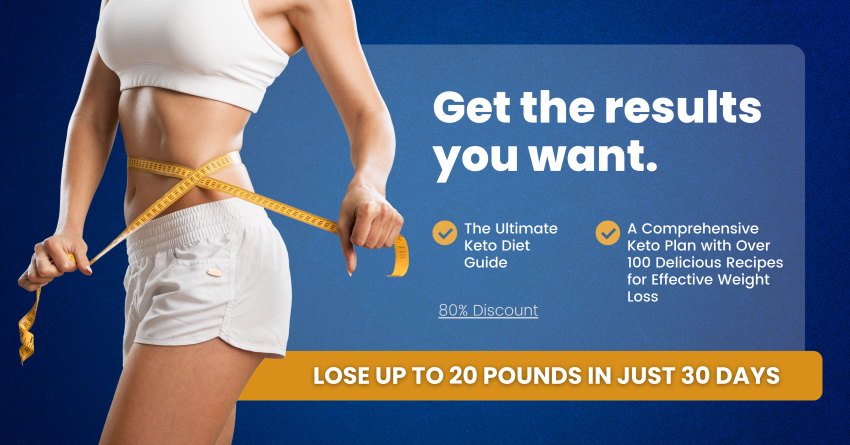The ketogenic diet, commonly known as keto, has gained immense popularity in recent years for its potential to promote weight loss and improve overall health. If you’re considering embarking on this low-carb, high-fat journey, you’ll find a wealth of options and resources available. This beginner’s guide will help you understand the fundamentals of the keto diet, tips for getting started, and how to make it a sustainable part of your lifestyle.
What is the Keto Diet?
The keto diet is a high-fat, moderate-protein, and very low-carbohydrate eating plan. By dramatically reducing carbohydrate intake and replacing it with fat, your body enters a metabolic state known as ketosis. In this state, your body becomes incredibly efficient at burning fat for energy instead of relying on carbohydrates.
Key Macros of the Keto Diet:
- Carbohydrates: Typically limited to about 20-50 grams per day.
- Fats: Often 70-80% of your total daily calories.
- Proteins: Makes up about 20-25% of your daily intake.
Benefits of the Keto Diet
- Weight Loss: Many dieters experience significant weight loss, especially in the first few weeks.
- Increased Energy: Once you’ve transitioned into ketosis, many people report sustained energy levels throughout the day.
- Mental Clarity: Some studies suggest that ketones can provide better brain fuel than glucose.
- Improved Blood Sugar Levels: The keto diet can help regulate blood sugar and might support those with type 2 diabetes.
Starting Your Keto Journey
1. Educate Yourself
Before diving in, it’s crucial to understand the science behind the keto diet. Research the basic principles of ketosis, potential challenges, and expected results. There are numerous books, websites, and forums dedicated to keto that can act as valuable resources.
2. Clean Out Your Pantry
To set yourself up for success, clear out high-carb foods. This includes snacks, sugary drinks, grains, and starchy vegetables. Replace them with keto-friendly options like:
- Nuts and seeds
- Low-carb vegetables (leafy greens, broccoli, cauliflower)
- Healthy fats (avocado oil, olive oil)
- Proteins (meat, fish, eggs)
3. Meal Planning
Creating a meal plan can simplify the transition to keto. Focus on including plenty of healthy fats and proteins while minimizing carbohydrates. Here’s a simple daily meal plan to get you started:
- Breakfast: Scrambled eggs cooked in butter with spinach.
- Snack: A handful of almonds or cheese slices.
- Lunch: Grilled chicken salad with olive oil dressing.
- Snack: Celery sticks with cream cheese.
- Dinner: Baked salmon with asparagus tossed in olive oil.
4. Stay Hydrated
Transitioning to a keto diet may lead to a loss of water weight. Increasing your water intake is essential, as dehydration can lead to fatigue, headaches, and other issues. Electrolyte-rich beverages can also help prevent symptoms commonly referred to as "keto flu."
5. Monitor Your Progress
Tracking your food intake and ketone levels can give insight into how your body is responding to the diet. Apps designed for keto can help simplify this process, allowing you to log your meals and monitor macronutrient balance.
6. Be Mindful of Common Mistakes
Avoid the pitfalls that many beginners face:
- Not eating enough fat: Ensure you’re getting enough healthy fats to fuel your body.
- Overeating protein: Excess protein can be converted into glucose, hindering ketosis.
- Not preparing for cravings: Have a strategy for snack attacks or cravings, like having healthy options ready.
7. Stay Connected
Find support through online communities, social media groups, or local meet-ups. Sharing experiences, recipes, and tips can keep you motivated and informed throughout your journey.
Conclusion
Starting a keto diet can seem daunting, but with the right information and mindset, it can become a rewarding lifestyle change. Focus on your goals, celebrate your achievements, and remember that everyone’s journey is unique. Begin your keto adventure today and embrace the potential benefits it can bring to your health and well-being!
Ready to Get Started?
Armed with this beginner’s guide, you’re ready to take your first steps into the world of keto. Remember, the key is to stay informed, prepared, and flexible as you journey through this transformative experience. Here’s to your success!








